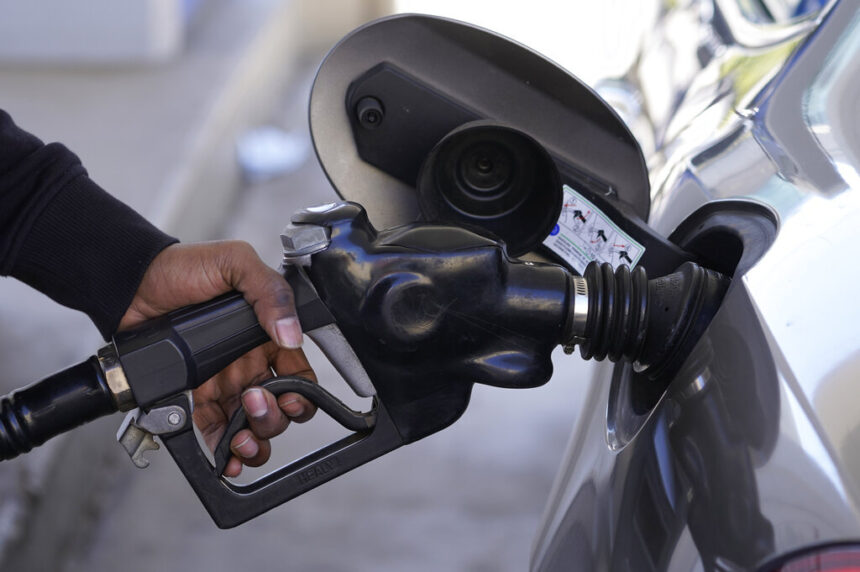The first time I walked through a neighborhood after a flood, the smell hit me before anything else. That distinctive mix of mold, sewage, and despair that hangs in the air when water has reclaimed what humans built. I was in Abbotsford in late 2021, talking to farmers and homeowners who had lost everything when atmospheric rivers dumped a month’s worth of rain in two days across southern British Columbia.
What struck me wasn’t just the physical devastation – though seeing beloved family homes gutted to the studs is heartbreaking – it was the financial aftermath. Insurance claims denied. Government assistance that covered pennies on the dollar. Regular people bearing the crushing weight of a disaster they didn’t cause.
“They call it an ‘act of God’ in the paperwork,” Ellen Chen told me as we stood in her mud-caked living room. “But God didn’t pump carbon into the atmosphere for a century knowing what would happen.”
Her words stayed with me. Because while we continue to frame climate disasters as random acts of nature, the evidence tells a different story. One with identifiable contributors who have known about their impact for decades.
Internal documents from oil companies reveal they understood the climate consequences of their products as early as the 1970s. A 1979 Exxon memo warned of “potentially catastrophic events” from continued fossil fuel burning. Yet instead of alerting the public, the industry funded climate denial campaigns while continuing to extract and sell products they knew would alter our planet’s systems.
The science connecting specific climate disasters to emissions has grown remarkably precise. A study in the journal Science found that just 90 corporate entities are responsible for nearly two-thirds of historical greenhouse gas emissions. These “carbon majors” include investor-owned companies like ExxonMobil, Chevron, and Shell, as well as state-owned enterprises.
This attribution science has opened new legal pathways. More than 40 U.S. municipalities, states, and tribal nations have filed lawsuits against fossil fuel companies seeking compensation for climate adaptation costs. These cases aren’t about stopping oil production; they’re about who should pay for the damage.
“It’s a fundamental fairness question,” explains Dr. Carroll Muffett of the Center for International Environmental Law. “When an industry knowingly creates harm, should the public bear those costs, or should the companies that profited from creating that harm?”
The industry has fought these lawsuits aggressively. Imperial Oil and ExxonMobil even acknowledged in court documents that climate change “presents a heightened risk of financial impacts” but argued those risks are “generally applicable to most, if not all, fossil fuel producers.” In other words, because everyone in the industry behaved similarly, no one should be held responsible.
But precedent suggests otherwise. The tobacco industry, asbestos manufacturers, and opioid producers all eventually faced liability for harms they knew their products caused. Each initially claimed they couldn’t be held responsible for “legal products” until courts found otherwise.
Walking through Fort McMurray during my reporting on the 2016 wildfire recovery, I met Sandra Nocerino, who had lived in the oil sands region for 22 years. “I believe in personal responsibility,” she told me while sifting through her home’s ashes. “The companies that profit from resources should take responsibility too.”
What would accountability look like? The most direct approach is through the courts, but legislative solutions also exist. A climate disaster levy on fossil fuel production could fund adaptation and recovery. Some jurisdictions have proposed laws requiring companies to disclose climate risks in their operations, making liability clearer.
Meanwhile, Canadian taxpayers continue shouldering climate disaster costs. The Parliamentary Budget Officer projects that disaster relief will cost the federal government an average of $5.4 billion annually over the next five years – more than five times what was spent in the early 2000s.
Indigenous communities face disproportionate impacts. In Bella Bella, where a 2016 diesel spill contaminated harvesting grounds, Heiltsuk Nation member Megan Humchitt explained: “When companies extract resources and leave us with the damage, they’re continuing a colonial pattern. Our people have sustainable practices that protected these waters for thousands of years.”
The question of who pays for climate disasters isn’t just about money – it’s about justice. If we continue allowing companies to privatize profits while socializing the costs of climate change, we’re enabling one of history’s greatest economic injustices.
Some progress is happening. The Saanich Peninsula on Vancouver Island recently became the first Canadian municipality to send climate accountability letters to fossil fuel companies, requesting they pay their fair share of climate costs. Similar initiatives are emerging worldwide.
Meanwhile, communities rebuild after each disaster. In Lytton, where temperatures reached a Canadian record 49.6°C before fire destroyed the town in 2021, residents describe feeling abandoned in their recovery. “The systems aren’t built for what’s coming,” one displaced resident told me. “And those who created the problem are nowhere to be found when it’s time to pay.”
As climate disasters intensify, the gap between fossil fuel industry profits and the public costs of their products grows more unconscionable. Whether through courts, legislation, or public pressure, a reckoning seems inevitable. The only question is how much damage will occur before responsibility is assigned where it belongs.
As I’ve witnessed repeatedly in disaster zones across this country, those paying the highest price for climate change are rarely those who contributed most to causing it. Until that changes, the true cost of fossil fuels remains hidden – subsidized by destroyed homes, disrupted lives, and communities forced to rebuild on their own.






